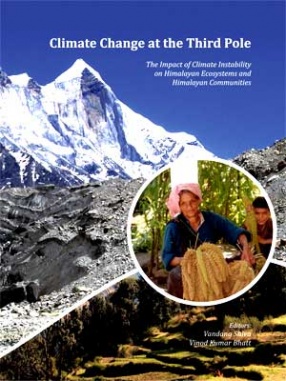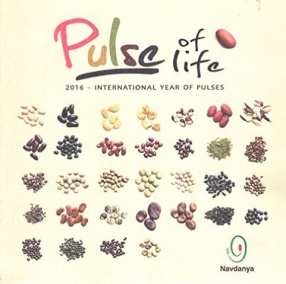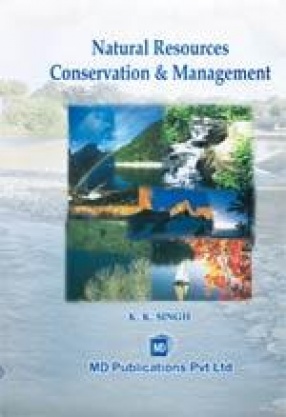Climate of our planet is changing. The climate has always been variable, but there appears to be a growing concern over the climatic changes due to the frequency of natural disasters and the quantum of seasonal shifts. The climate dynamics seems to be unprecedented in the contemporary world, significantly because there is strong evidence to suggest that humanity is, by and large, directly responsible for climate changes. The impending threat to our planet can no more be ignored since this phenomenon has jeopardized not only natural resource conservation and sustainability of socio-economic systems but has threatened the very life-support system, no doubt adversely impacting world's natural and cultural heritage. Economic developments coupled with population growth are likely to be in all probability will influence the climate change and the rural-urban livelihood. Extensive efforts are being made worldwide to understand the anthropogenic impacts on climate of the planet and establish linkages with livelihood and food security. International bodies like Intergovernmental Panel on Climate Change (IPCC), WMO, UNEP, USEPA, UNFCCC, ICIMOD and several others have come up with several reports indicating the consequences if humanity continues to behave the way it presently is and do not make any effort to cultivate change in attitude and lifestyle. This book is of immense importance, as it provides factual and well researched insight to the crucial aspects of climate change, peculiar to the Himalayas.
The Book comprising of total 12 Chapters is objectively divided into four parts and contains useful 'Scientific Recommendations' for policy initiatives on Climate Change Mitigation and Adaptation in the Himalayan Region. Part-I (Chapter -1) gives an overview of the Himalayan Ecosystems and Climate Change. Part-II (Chapters 2 & 3) inter-alia contains the findings of the Navdanya's participatory study reports in Uttarakhand and Ladakh relating to the impact of climate change on the 'livelihoods' and the 'Impact Analysis'. The status of Glaciers and Rivers in the Himalayan Region is given in Part-III (Chapters 4-7) which includes an Overview of Glacier Retreat in Indian Himalayas, Status Report on Glaciers of Ladakh, J&K and India, Impact of climate change on rainfall, snowfall, temperatures, food crops, cloudbursts, water resources, forests and initiatives in Himachal Pradesh, and also, as to how the Tibetan Plateau is experiencing the vagaries of climate change. Part-IV (Chapters 8-12) dedicated to the impact of climate change on Biodiversity and Agriculture provides factual data on mountain agriculture, adaptation potentials, preliminary studies of Uttarakhand Biodiversity, significance of organic agriculture, and adaptive strategies of the mountain farmers besides few case studies.









There are no reviews yet.